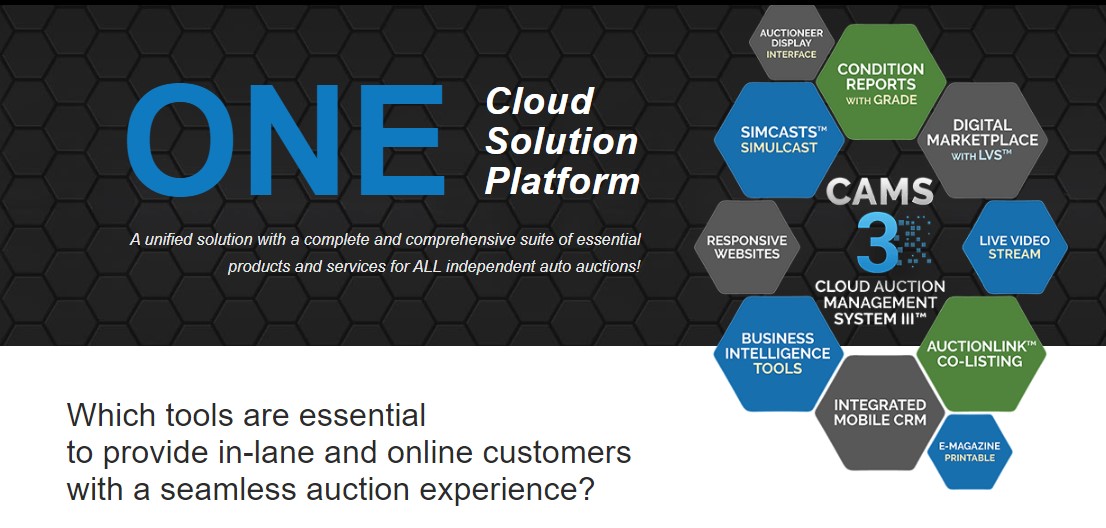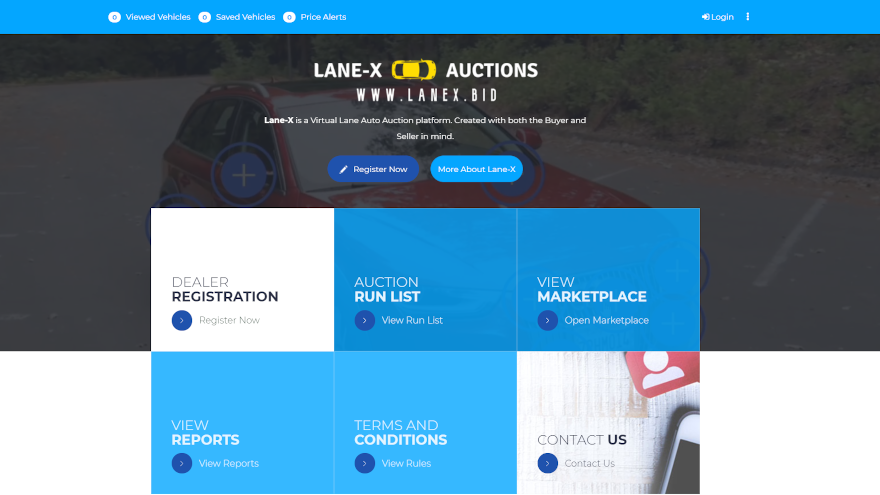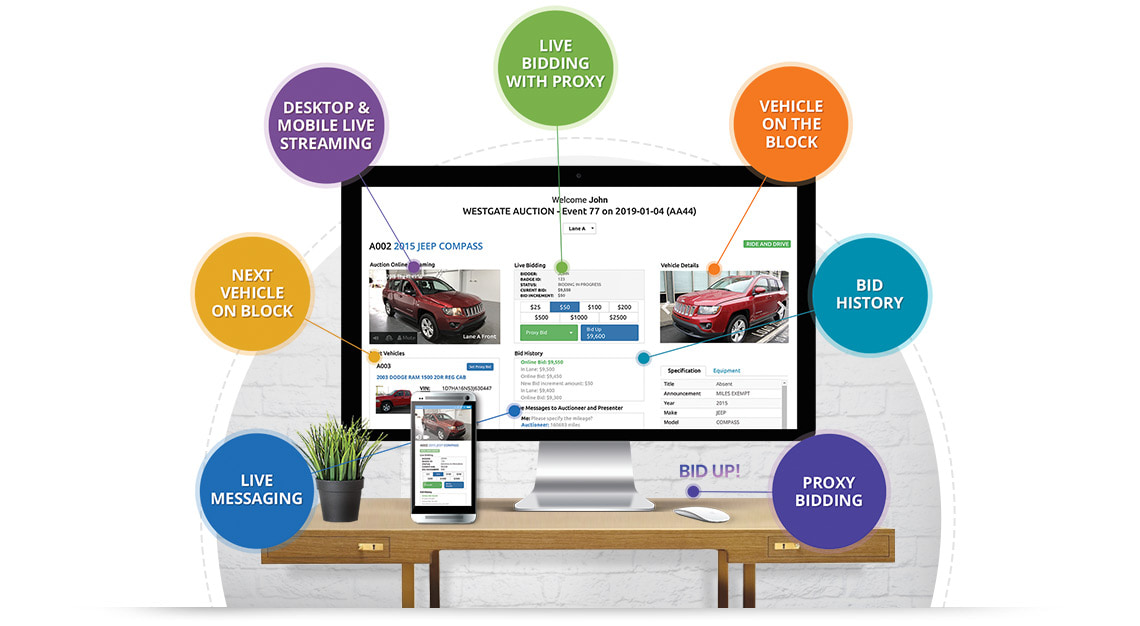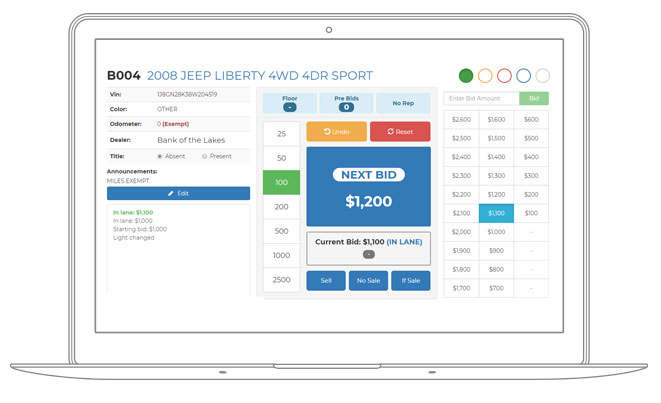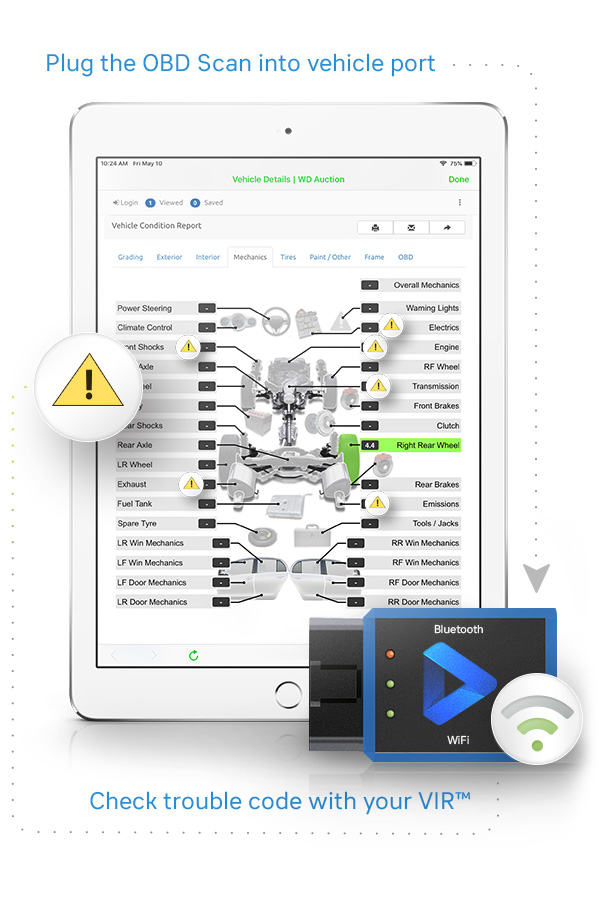Imagine a world where you never have to fumble through piles of paper or overstuffed file cabinets to find that one vehicle inspection report. It's not science fiction—it's digital transformation. The automotive industry, known for its rapid evolution, now extends this innovation to the inspection process with digital solutions that have streamlined documentation, making it more accessible and organized than ever before.
Understanding Digital Inspection
At its core, digital inspection is a modern method to evaluate a vehicle's condition using digital tools and platforms. Gone are the days of scribbled notes and carbon copy sheets. Today, inspectors utilize tablets, smartphones, and dedicated devices, not only to record findings but also to attach images, videos, and detailed notes.
"Digital inspections offer a level of detail and clarity that paper-based methods simply cannot match," says Meredith Jacobs, a car inspection specialist from Oregon.
Types of Inspections: A Digital Deep Dive
While the inspection process might differ based on purpose, vehicle type, and regional regulations, the digital transformation has reshaped many, if not all, types of inspections. Here are the main ones:
- Pre-production Inspection: Before mass production begins, digital tools help in inspecting prototypes to ensure they meet all specifications.
- In-process Inspection: Using digital interfaces to inspect a vehicle during its manufacturing process ensures consistency and quality.
- Final Random Inspection: Once vehicles are off the assembly line, a random sample undergoes a detailed digital review to assure quality standards.
- 100% Inspection: Every single vehicle is inspected digitally to guarantee it meets the set criteria.
When asked about which inspection method is most widely used, Dr. Jeremy Norris, an automotive industry researcher, mentions, "While Final Random Inspection remains a standard practice, the efficiency of digital solutions has made 100% inspections more feasible for many companies."
The Magic Behind Inspection Management Software
This software essentially digitizes the entire inspection process. From scheduling to performing the inspection and generating reports, everything gets centralized in a single platform. Not only does this eliminate the mess of paper records, but it also ensures a more efficient and error-free process.
Moreover, these platforms often come with features that allow easy searchability, analytics to understand frequent vehicle faults, and cloud-based storage ensuring easy access from anywhere.
Breaking Down the Inspection Report
Regardless of the inspection type, reports play a critical role. A digitally generated report typically comprises:
- Identification Details: Covering vehicle make, model, VIN, and other unique identifiers.
- Inspection Findings: Detailed notes, images, and sometimes videos showcasing faults or issues found.
- Recommendations: Advisories or mandates for repairs, if necessary.
- Inspector Details: Information about the inspector, ensuring accountability.
Exploring Alternatives
While the majority have embraced digital inspections, alternative systems, often hybrid models, combine digital methods with traditional techniques, catering to diverse needs and ensuring a smoother transition for those hesitant to go fully digital.
In Conclusion
Digital solutions in vehicle inspection records mark the convergence of technology and efficiency. The movement from traditional paper-based systems to advanced digital platforms guarantees accuracy, accessibility, and a streamlined experience.
"It's the future," says Aaron Gomez, a mechanic from Florida, "and the future is about embracing innovation for a better tomorrow."
Contact Us to Get Your Vehicle Inspection Report.

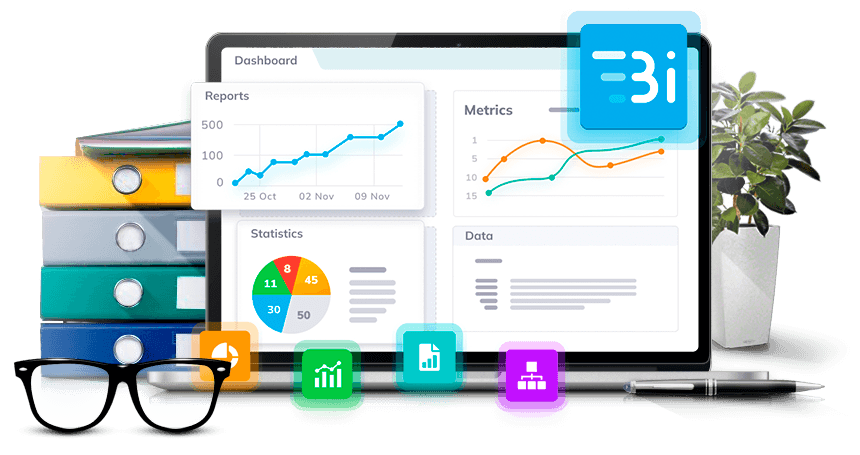

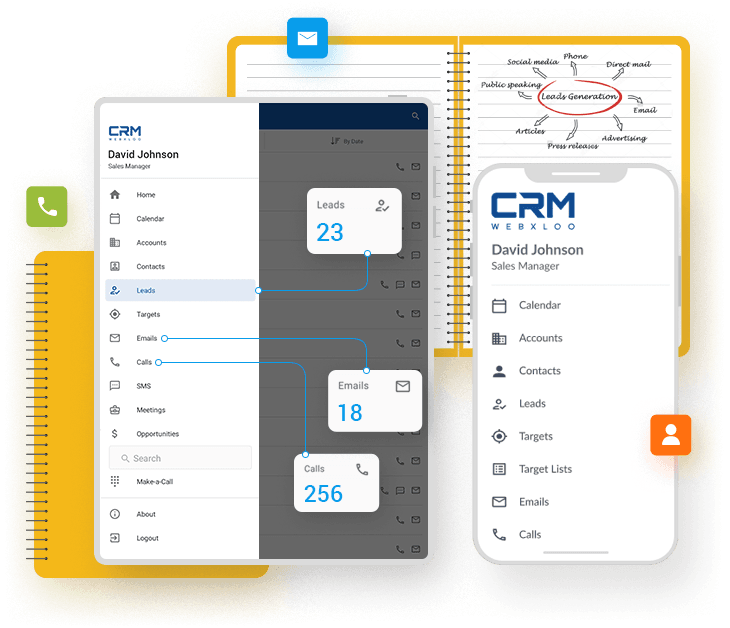
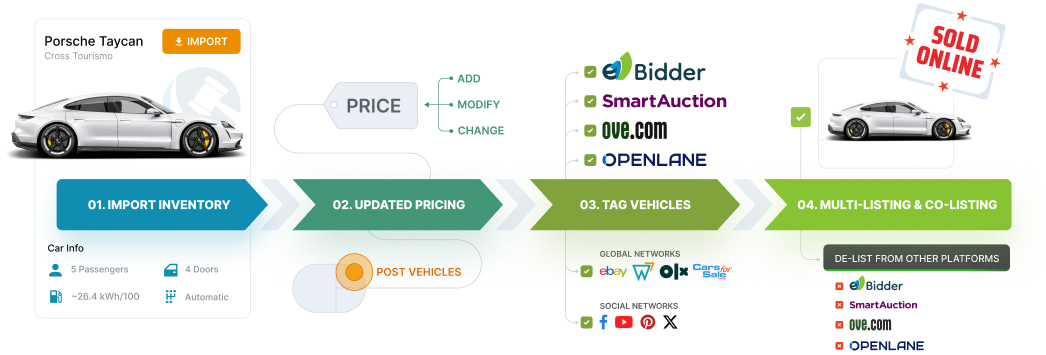

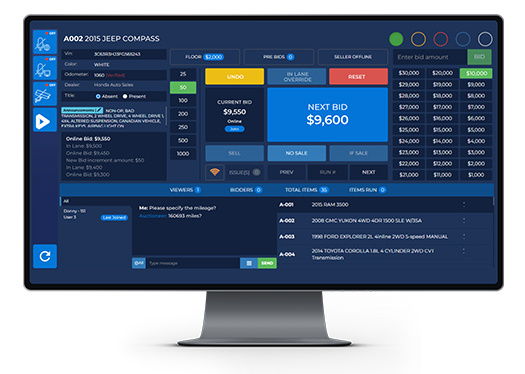

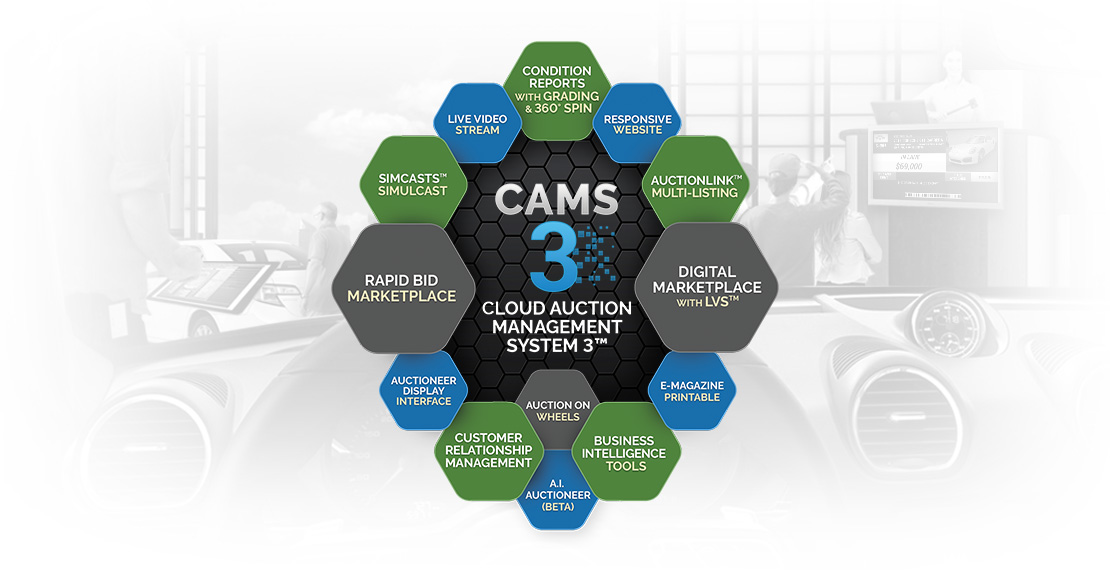
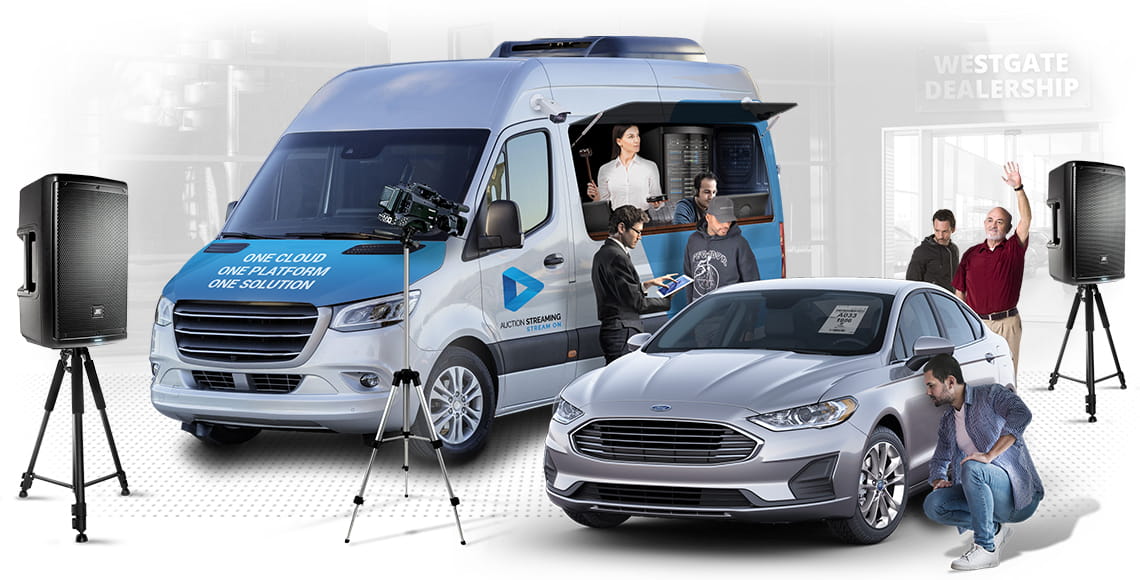
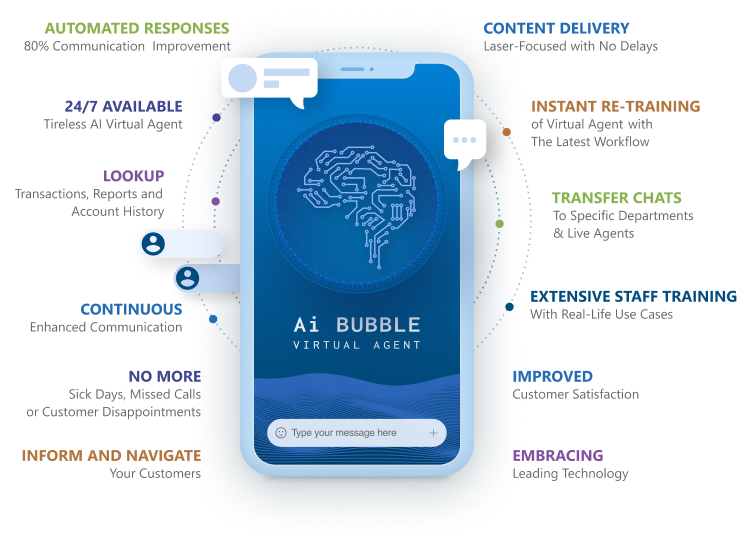
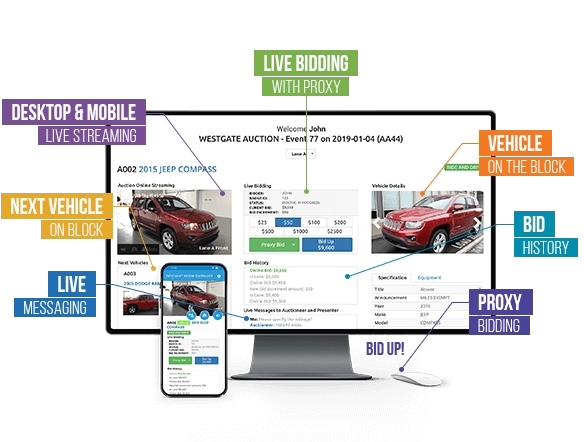
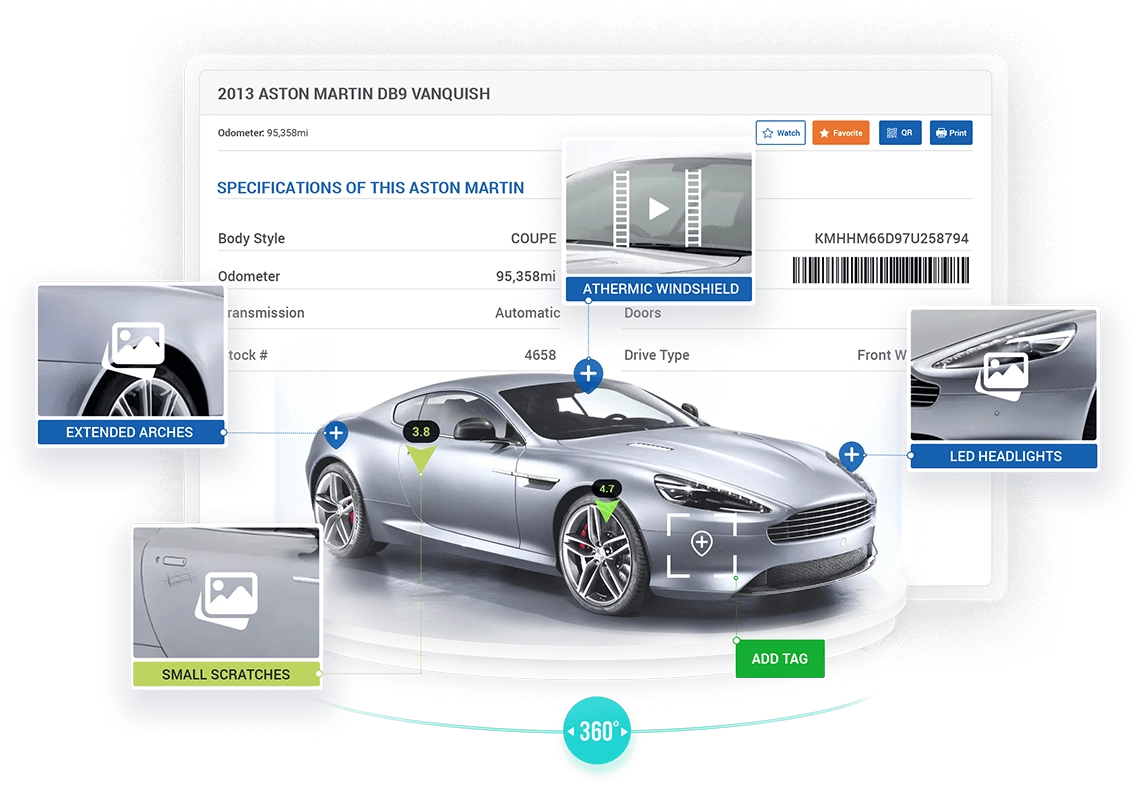
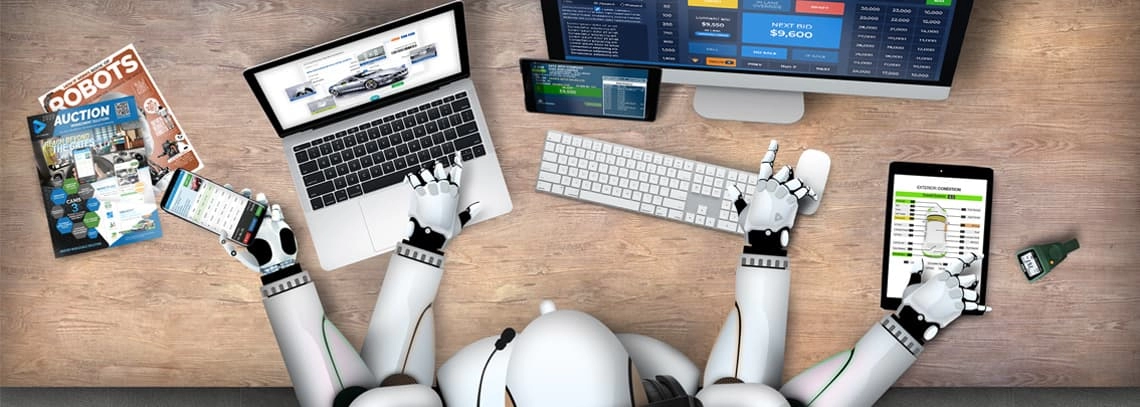
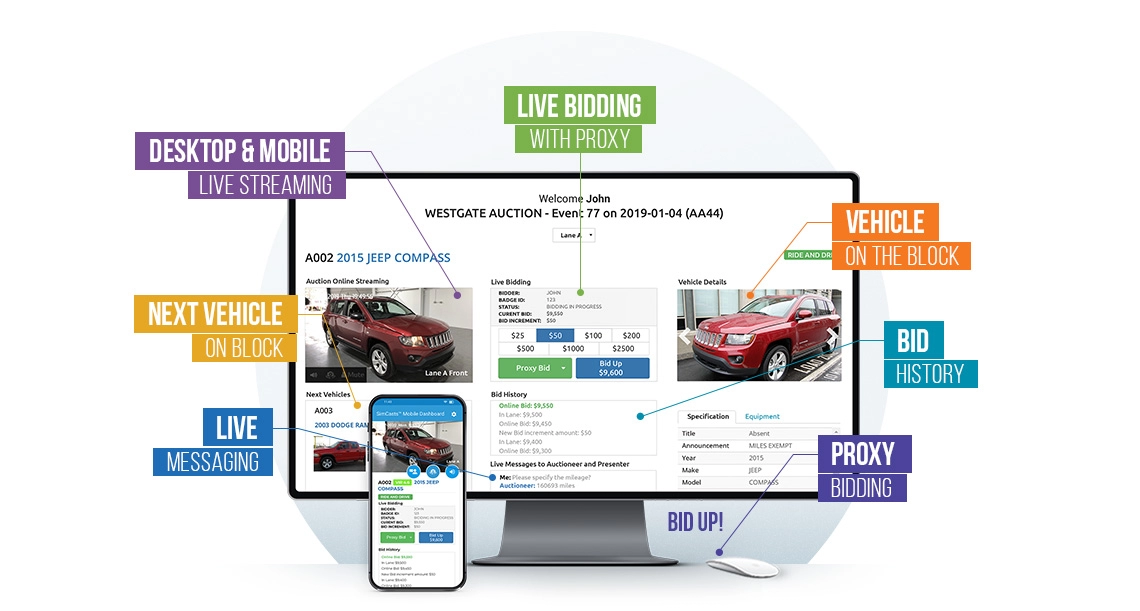
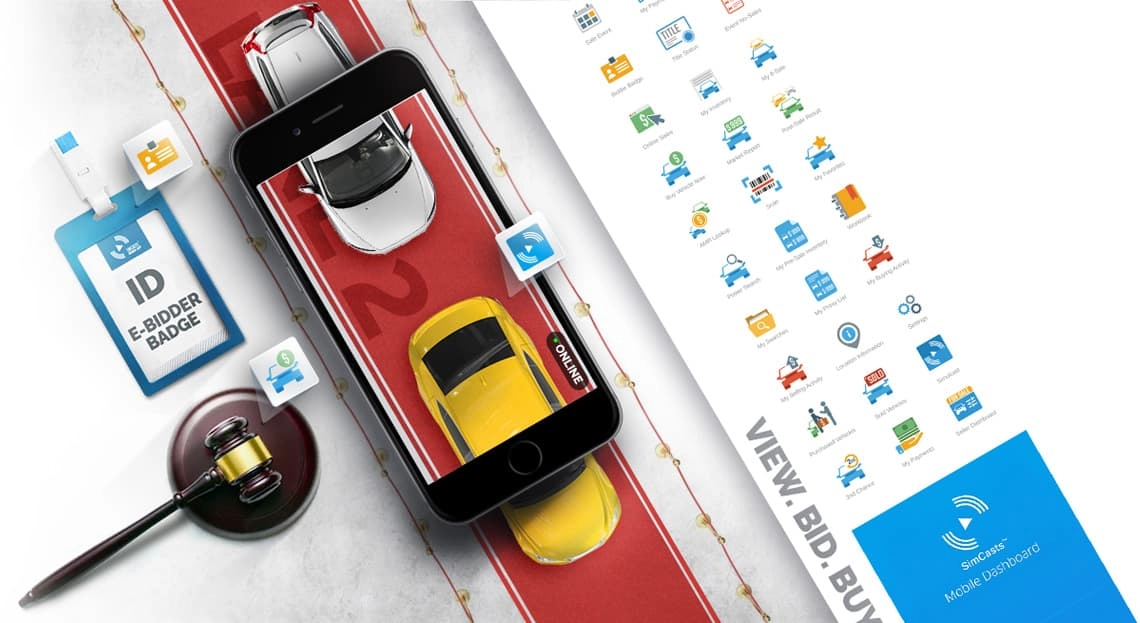
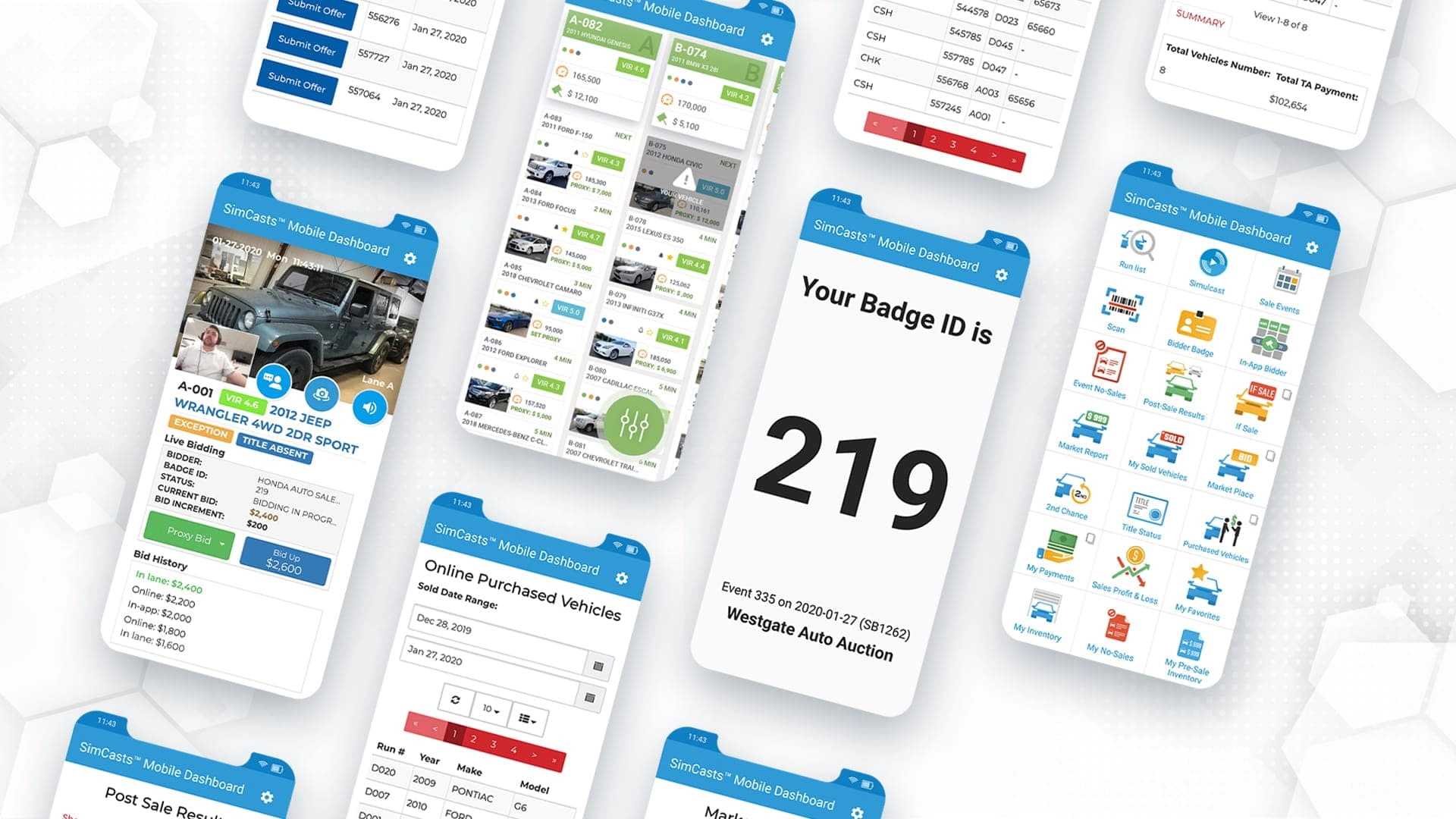



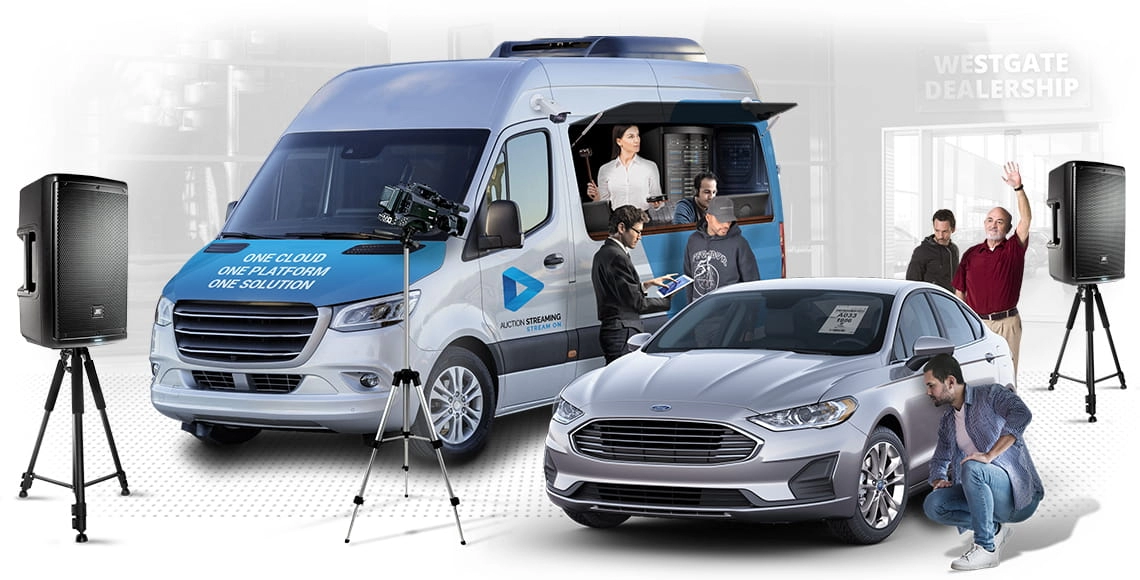




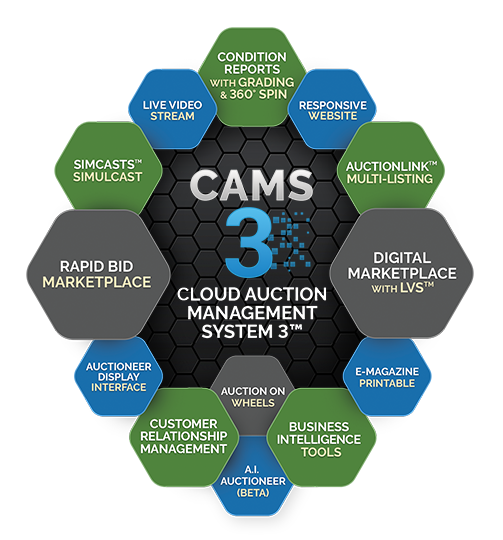

.png)
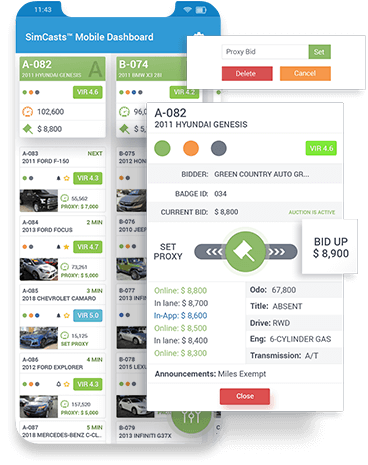

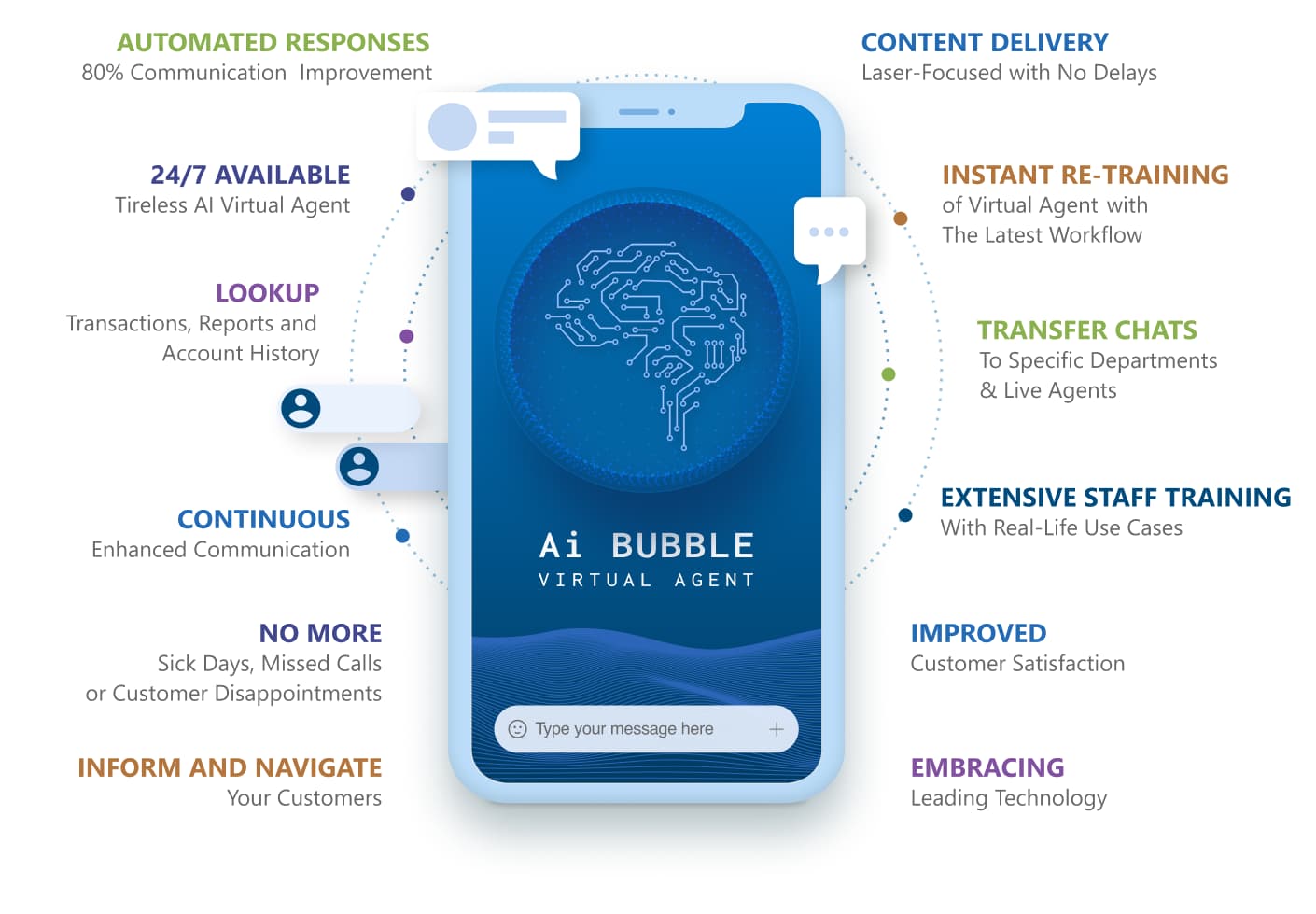 REDUCE BURDEN
REDUCE BURDEN
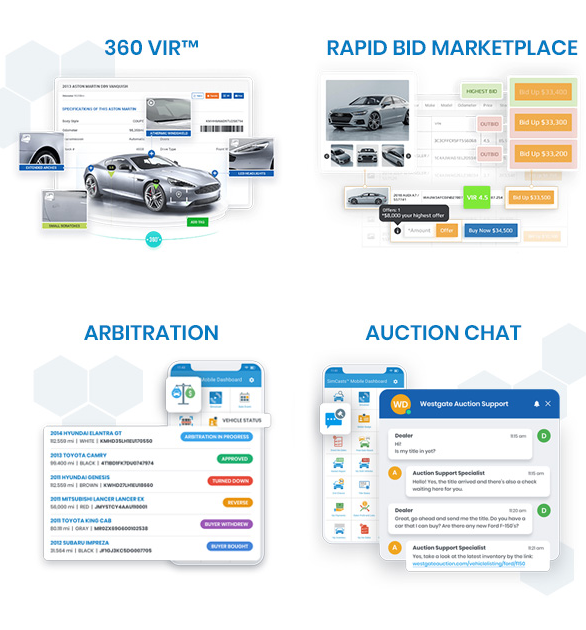
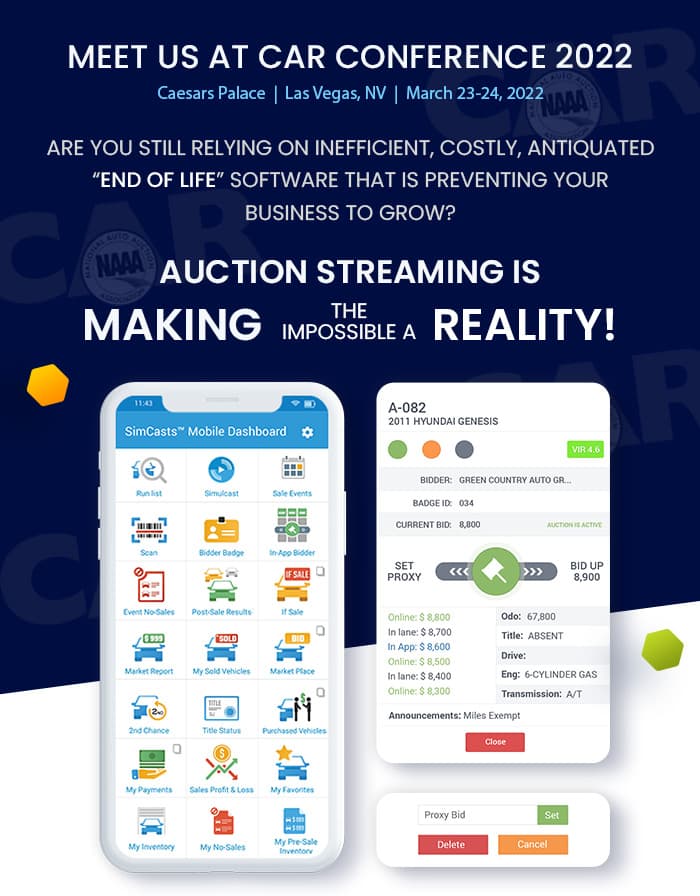
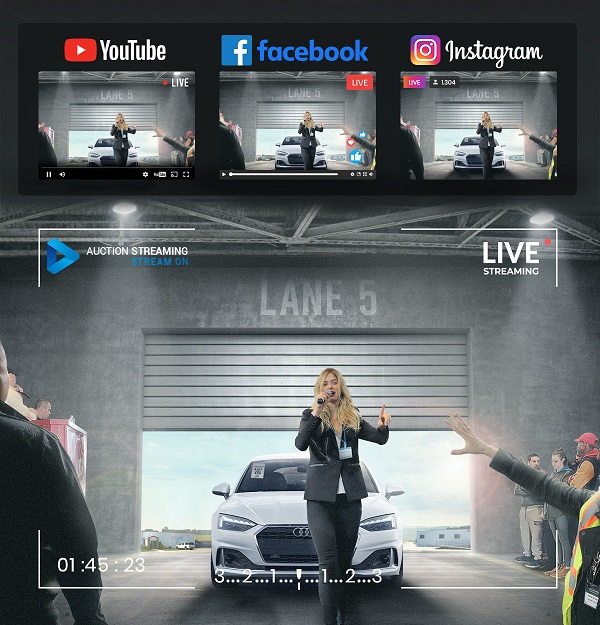
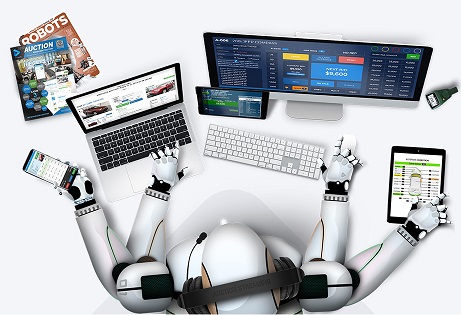 1. Social Networks Multi-Stream
1. Social Networks Multi-Stream


